NIL
Former NFL Player Says NIL Needs To Change To Save College Football
PublishedMay 10, 2025 2:37 PM EDT•UpdatedMay 10, 2025 2:37 PM EDT Facebook Twitter Email Copy Link College football has a serious problem on its hands. After years of players having no ability to earn money as a result of their status as athletes, as well as little freedom of movement between schools, they now have […]
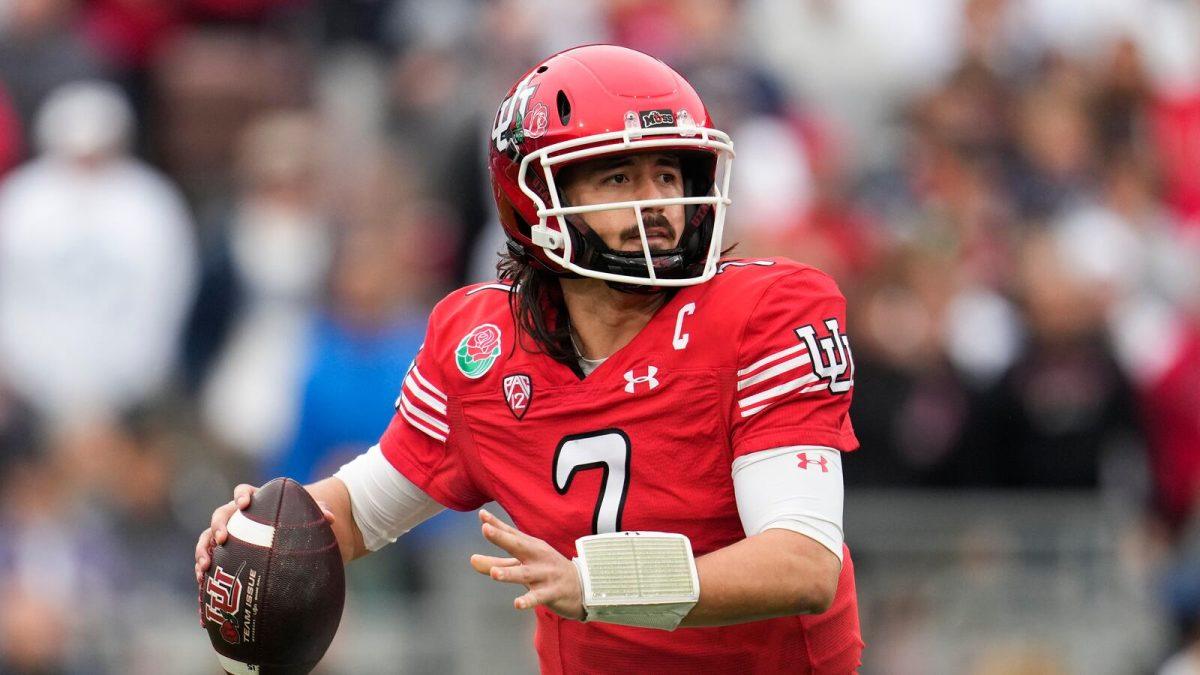

College football has a serious problem on its hands. After years of players having no ability to earn money as a result of their status as athletes, as well as little freedom of movement between schools, they now have arguably the most free and open system in sports.
Athletes can now move between schools each year, at will. Think you can get more Name, Image and Likeliness money elsewhere? The floodgates are open. Though of course, as Nico Iamaleava can tell you, searching for money doesn’t always work out.
There are some benefits to this both for players, and for certain schools who can now pull recruits away from big-name programs with better financial offers. But it’s also created a system where the “student-athlete” designation is essentially a farce. And former NFL player Jack Brewer thinks the sport needs a complete overhaul in order to return to how it used to be.
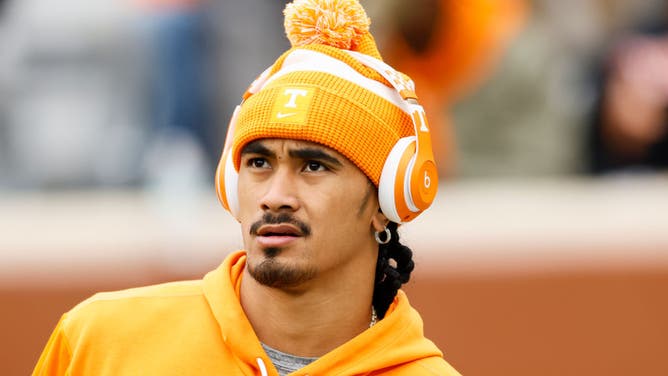
KNOXVILLE, TENNESSEE – NOVEMBER 23: Nico Iamaleava #8 of the Tennessee Volunteers looks on prior to the game between the Tennessee Volunteers and the UTEP Miners at Neyland Stadium on November 23, 2024 in Knoxville, Tennessee. (Photo by Johnnie Izquierdo/Getty Images)
Former NFL Player Warns ‘Student Athletes’ Disappearing
Brewer, who played in the NFL from 2002 to 2006, spoke to Fox News Digital about the new era of NIL in college football and how, in his mind, it’s negatively impacted the sport and the players.
“We need to get back to student-athletes,” Brewer said.
“If a person wants the freedom to make as much money as they want and can leverage the sport to do that, they should absolutely be able to — and they can, in our professional leagues. But there’s no place for an unlimited amount of money to be paid to people in college sports. They should be student-athletes, which is what they signed up to be.”
And this is the delicate balance that college athletics is facing in the modern era; players are putting their health and careers on the line, in a sport that’s generating billions of dollars, and schools and administrators have historically taken advantage of it.
READ: Big Ten Conference Dominating On And Off Field, With Massive Revenue Increase
The system we have now though, all but eliminates the “student” part of “student-athlete.” Brewer agrees.
“You’ll continue to see students who are no longer focused on school because their incentive for going to college is no longer to get an education, but to make money,” Brewer said. “It’s not right for universities to exploit this loophole, recruiting student-athletes who no longer have to focus on being students.”
Where critics like Brewer are right is that the unrestricted transfer system and complete lack of regulation in NIL give college football players more freedom than virtually any other sport. NFL players have contracts; they aren’t able to switch between teams at the drop of a hat, even after the NIL distribution based on a presumed commitment.
President Donald Trump has reportedly discussed an executive order to put a stop to unrestricted NIL after speaking to legendary head coach Nick Saban. The free-for-all era seems to be coming to a rapid end.
NIL
Focus on NiJaree Canady NIL deal is ‘insulting’
Why Texas Tech, Texas will win 2025 WCWS It’s a Lone Star State Women’s College World Series this year, and reporter Jenni Carlson breaks down one reason Texas Tech will win and one reason Texas will win the WCWS. Shortly after his Texas Tech softball team lost to Texas 10-4 in game three of the […]

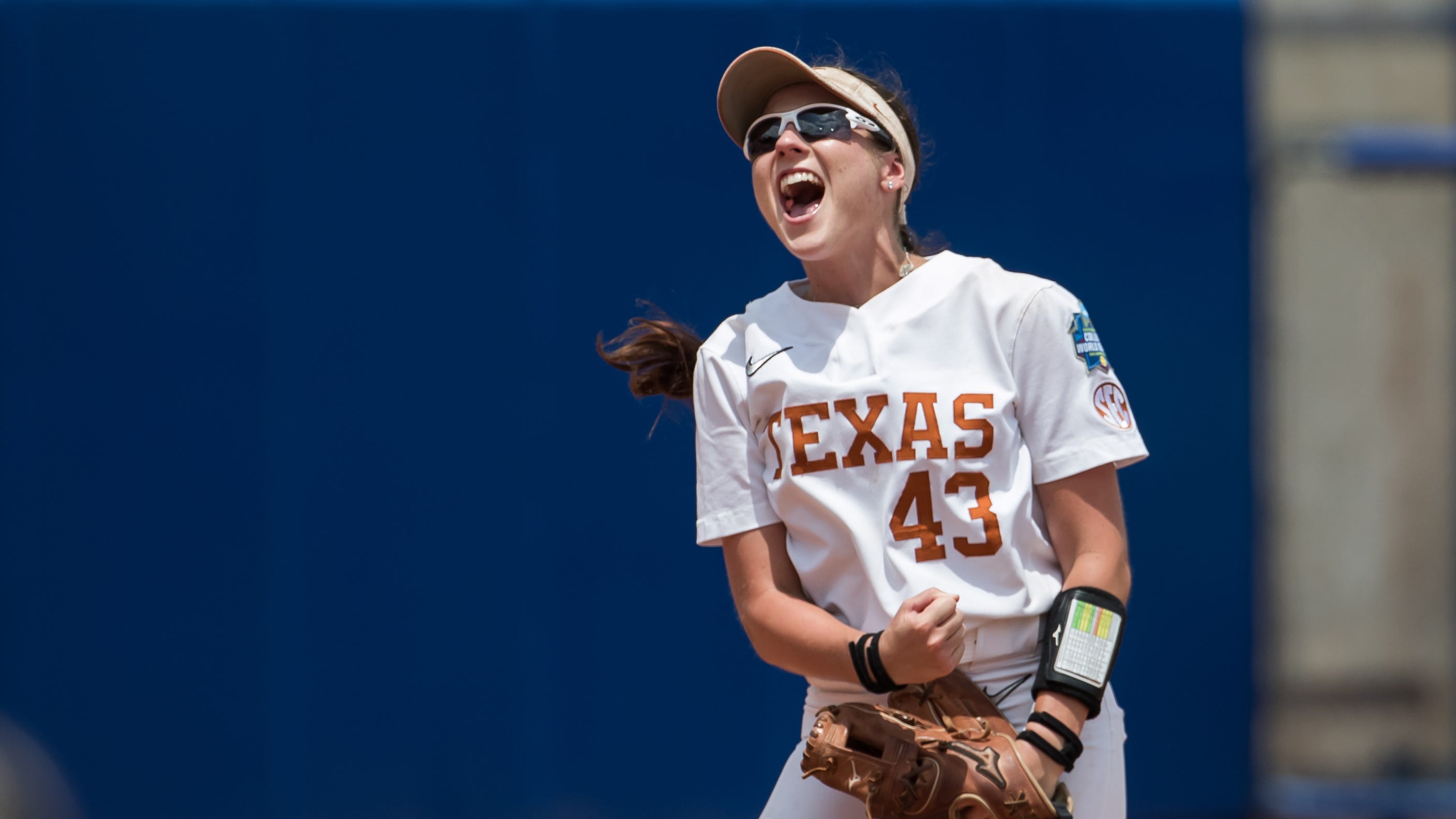
Why Texas Tech, Texas will win 2025 WCWS
It’s a Lone Star State Women’s College World Series this year, and reporter Jenni Carlson breaks down one reason Texas Tech will win and one reason Texas will win the WCWS.
Shortly after his Texas Tech softball team lost to Texas 10-4 in game three of the championship series of the 2025 Women’s College World Series, Gerry Glasco was asked about a familiar subject.
Throughout the Red Raiders’ run in the NCAA tournament and WCWS, there was a significant amount of attention paid to NiJaree Canady, the Stanford transfer whose pitching excellence helped Texas Tech improve from an eighth-place finish in the Big 12 in 2024 to the precipice of a national title the following year.
Most any conversation around Canady inevitably turned to her name, image and likeness deal with the school’s collective, which reportedly paid her more than $1 million.
When Canady and her NIL payments were mentioned in a question during Glasco’s post-game news conference, the first-year Texas Tech coach pushed back.
“Why is it different for a female athlete to be paid a million dollars than a male football player getting three million or four million for a male basketball player?” Glasco asked rhetorically. “I think that’s an interesting question because the value of NiJa Canady to our program is, I think, unbelievable. I’m not an expert. Somebody could really do an in-depth study. But I have no doubt it would exceed a million dollars of value. I think it was of great value for our school.”
Canady sent shockwaves through the sport after the 2024 season, when the reigning national player of the year left Stanford and got a seven-figure deal from the Red Raiders, who had never even made the super regional round of the NCAA tournament and were coming off a season in which they went 8-16 in Big 12 play.
Along with Glasco and a handful of players he brought with him from Louisiana, Canady immediately improved the program’s fortunes, leading it to Big 12 regular-season and tournament titles, a school-record 54 wins and its first-ever WCWS appearance. This season, Canady went 34-7 with a 1.11 ERA and was one of three finalists for USA Softball player of the year honors. She was also one of the Red Raiders’ best power hitters, with a team-high 11 home runs. Until she was pulled early in Friday’s loss, she had thrown every pitch for Texas Tech since the beginning of the super regional round, a run of seven consecutive games.
While her NIL deal was the largest ever for a college softball player, Glasco said he believed the rate at which it was brought up during broadcasts of Texas Tech games was “almost insulting” to Canady. Canady’s NIL arrangement with the school was cited constantly by television crews throughout the WCWS.
It highlights what Glasco believes is a double standard between how highly-paid female college athletes are treated versus their male counterparts.
“I think it’s interesting, you watch Ohio State in the men’s football game, national championship game, you don’t hear any announcers talking about NIL,” he said. “They just don’t talk about it. And yet, you know Ohio State had one of the highest two or three NIL payrolls last year in college football. I wonder why we talk about it for a female athlete.”
Glasco added that the exposure she brought to a previously overlooked program was invaluable. When Canady transferred to the Red Raiders, he was told there were 700,000 stories that mentioned Canady, Texas Tech and Stanford. He estimated that after Friday, the team had played 10 or 11 games on national television.
Though Canady struggled in her final game of an otherwise stellar season, giving up five earned runs in one inning while pitching her third game in as many days, she has one more season of eligibility remaining and is well-positioned to keep the Red Raiders in national title contention. In the hours before the first pitch of the final WCWS game, ESPN reported that Canady had signed another seven-figure deal to stay at Texas Tech.
If her coach has his way, it might not be the same kind of talking point next season that it was throughout this one.
“Personally, I’m thrilled for NiJa,” Glasco said. “I found it almost insulting to her at times when I listened to broadcasts, how much they talked about it because, like I said, I don’t hear it when we watch a men’s basketball game or a men’s football game. And to me that’s not right. That shouldn’t be that way.”
NIL
Pete Thamel predicts if House Settlement, new NIL system will even the playing field in college sports
ESPN’s Pete Thamel broke down the latest with the NCAA House Settlement following an agreement this week. Most would want to know with a new allotment of money per school, if it would finally level the playing field around college athletics. This is especially questioned in football where it’s the big boys and everyone else. […]

ESPN’s Pete Thamel broke down the latest with the NCAA House Settlement following an agreement this week. Most would want to know with a new allotment of money per school, if it would finally level the playing field around college athletics.
This is especially questioned in football where it’s the big boys and everyone else. Not necessarily a sport for underdogs, mostly, at the collegiate level.
Now that the House Settlement has passed, to the tune of nearly $3 billion, Thamel explained how this is going to work exactly. But it won’t stop the big boys from being the big boys.
“That’s a fascinating question, and there are so many variables between what’s being structured and what’s going to actually happen that I’m hesitant to predict an ideal situation,” Thamel said on SportsCenter. “I think the reality for a lot of this is the schools, the big box brands, the ones whose logos you recognize, have always had a competitive advantage for those brands, and how the NIL system is going to be set up, meaning schools can give $20.5 million for their athletes.
“So in theory, that is going to be evenly spread. But where the competitive advantages go, they used to be about grey areas are now going to be how much outside NIL is going to be available to those athletes.”
With this House Settlement, schools can now directly pay athletes. Prior to this, the NCAA never did nor allowed payments directly to athletes over the last century-plus. As you can see, things have drastically changed in the era of NIL and the transfer portal.
Beginning July 1, schools will be able to share $20.5 million with athletes, with football expected to receive 75%, followed by men’s basketball (15%), women’s basketball (5%) and the remainder of sports (5%),’ as On3’s Pete Nakos pointed out. The amount shared in revenue will increase annually due to this House Settlement.
“You’re not supposed to promise it up front, but look, Texas is going to have more outside NIL available than Louisiana-Monroe as it goes,” Thamel said. “So how those deals are accepted through this NIL clearing house, look, they named a CEO of the College Sports Commission last night, like by midnight, there were a flurry of tweets, and it was like, ‘Hi, I’m your new commission, and this is your new commissioner, and we’re going to run college sports now.’
“The old NCAA enforcement model as we knew it is primarily dead. NCAA enforcement still exists for academic cases and fairness of the game cases, as the (Connor) Stalions case in Indianapolis this weekend is going on, but there is a whole new sheriff in town. His name is Brian Seeley, and he comes over for Major League Baseball, and he was hired formally within three hours of the settlement coming. His job and the role of his organization is ultimately going to determine your question of whether this evens the playing field or those advantages still exist.”
NIL
MLB executive Bryan Seeley named College Sports Commission CEO after NCAA settlement approval
The newly formed agency in charge of policing rules in the remade college sports system picked Major League Baseball executive Bryan Seeley as its new CEO. The College Sports Commission announced Seeley as its new leader Friday, shortly after U.S. Judge Claudia Wilken granted final approval of the $2.8 billion House v. NCAA settlement. Advertisement […]
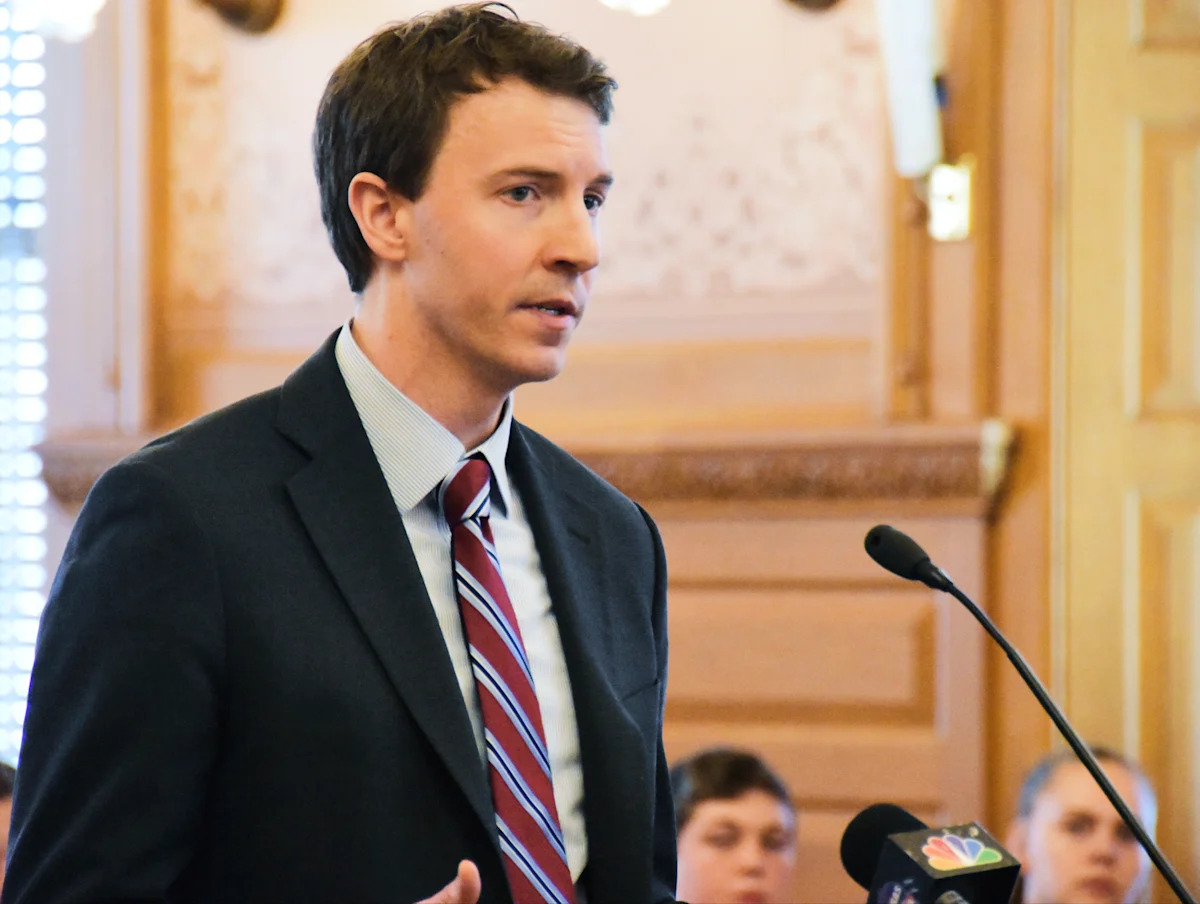
The newly formed agency in charge of policing rules in the remade college sports system picked Major League Baseball executive Bryan Seeley as its new CEO.
The College Sports Commission announced Seeley as its new leader Friday, shortly after U.S. Judge Claudia Wilken granted final approval of the $2.8 billion House v. NCAA settlement.
Advertisement
The settlement allows schools to directly pay players for using their name, image and likeness in endorsement deals. It also allows players to receive NIL payments from third parties.
The new commission will be in charge of making sure schools adhere to the rules, which call for a $20.5 million cap on all payments. It is also setting up a clearinghouse to evaluate third-party deals worth $600 or more.
“I look forward to implementing a system that prioritizes fairness, integrity, and opportunity, while preserving the values that make college sports unique,” Seeley said in a statement announcing his appointment. “I am energized by the work ahead and excited to begin building out our team.”
As executive vice president of legal and operations, Seeley oversaw MLB investigations, compliance, state government relations, sports betting and other areas. He played a key role in MLB’s sign-stealing investigation into the Houston Astros in 2020.
The CSC will begin operation on July 1 when the settlement officially takes effect.
___
AP college sports: https://apnews.com/hub/college-sports
NIL
Kilfoyl and Show set to participate in inaugural AUSL season
STILLWATER – Oklahoma State Softball alumnae Lexi Kilfoyl and Samantha Show, along with manager Josh Eurich, will begin the Athletes Unlimited Softball League (AUSL) on Saturday. Kilfoyl, the No. 1 pick from the inaugural AUSL draft, will play for the Bandits, while Show is set to compete for the Volts. Eurich is an assistant coach […]
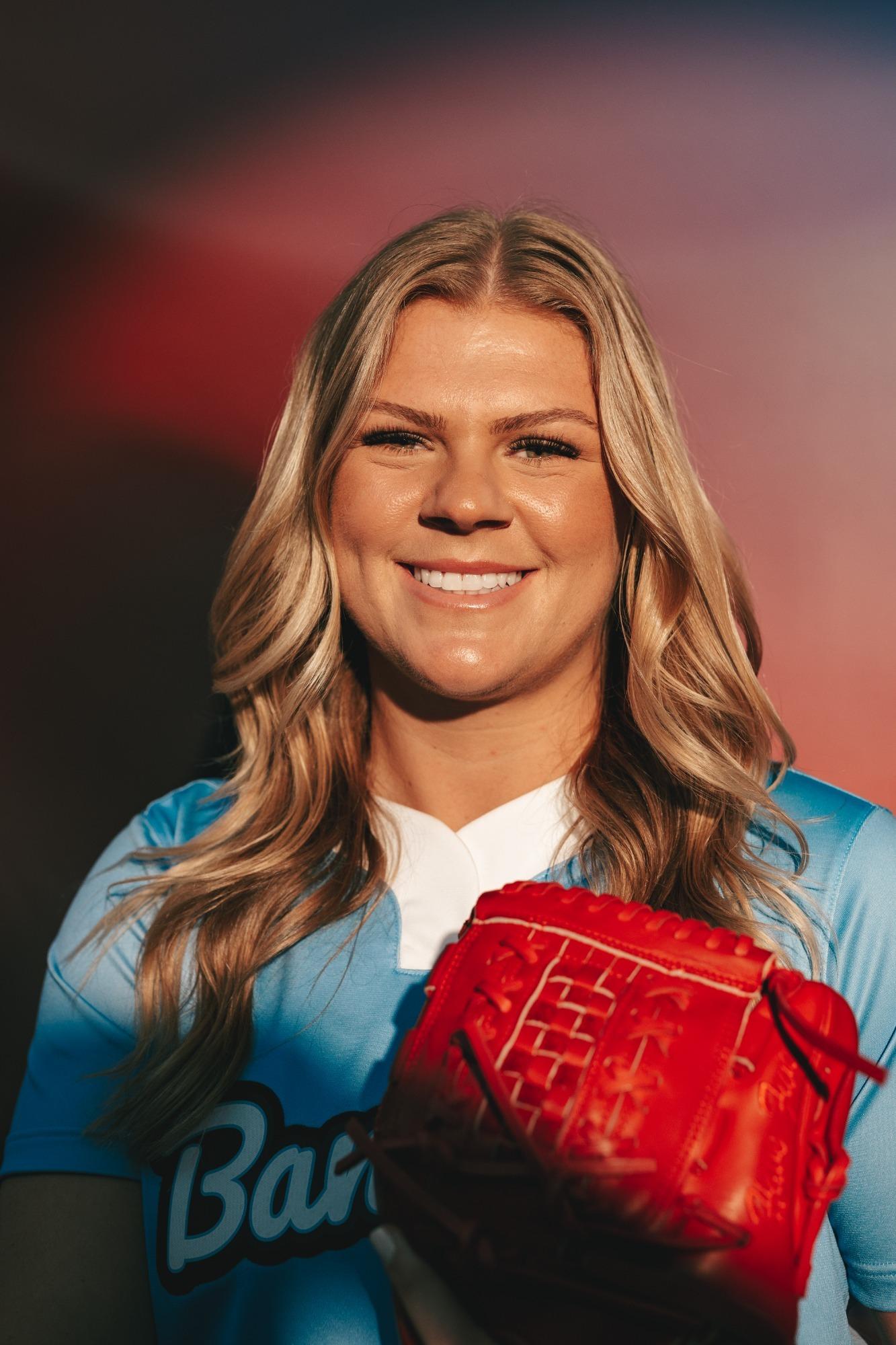
Kilfoyl, the No. 1 pick from the inaugural AUSL draft, will play for the Bandits, while Show is set to compete for the Volts. Eurich is an assistant coach for the Volts, as well.
The Talons and Bandits open the season today at 2 p.m. CT at The Stadium at Parkway Bank Sports Complex in Rosemont, Ill., on the MLB Network. The Volts and Blaze follow them with a 6:30 p.m. CT first pitch at Wilkins Stadium in Wichita, Kan., also broadcast on the MLB Network.
The AUSL will travel to 10 different cities this year before each team having a home city in 2026. Each team will play 24 games during the season, with the top two teams facing off in a best-of-three championship series at the end of July. Following the AUSL Championship, 60 players will compete to be crowned as the individual champion in the AUSL All-Star Cup, a 21-game competition in August featuring the signature Athletes Unlimited scoring system. For the full schedule and more information, visit theausl.com.
Earlier this month, Major League Baseball (MLB) announced it will be investing in the AUSL and softball at all levels, Along with MLB’s investment, 16 games – including the Championship Series from July 22-23 – will be aired on ESPN2 or ESPNU. Five games will be aired exclusively on the MLB Network with over 30 games available to stream for free on MLB.com and MLB TV.
Pro Pokes in the AUSL
Bandits
Lexi Kilfoyl
Volts
Samantha Show
Josh Eurich (assistant coach)
NIL
Tony Petitti releases statement on House v. NCAA settlement approval
On Friday, Judge Claudia Wilken approved the House v. NCAA settlement, which will allow colleges to directly pay athletes and usher in the era of revenue sharing. Big Ten commissioner Tony Petitti released a statement regarding the monumental settlement. “We look forward to implementing this historic settlement designed to bring stability, integrity and competitive balance to […]
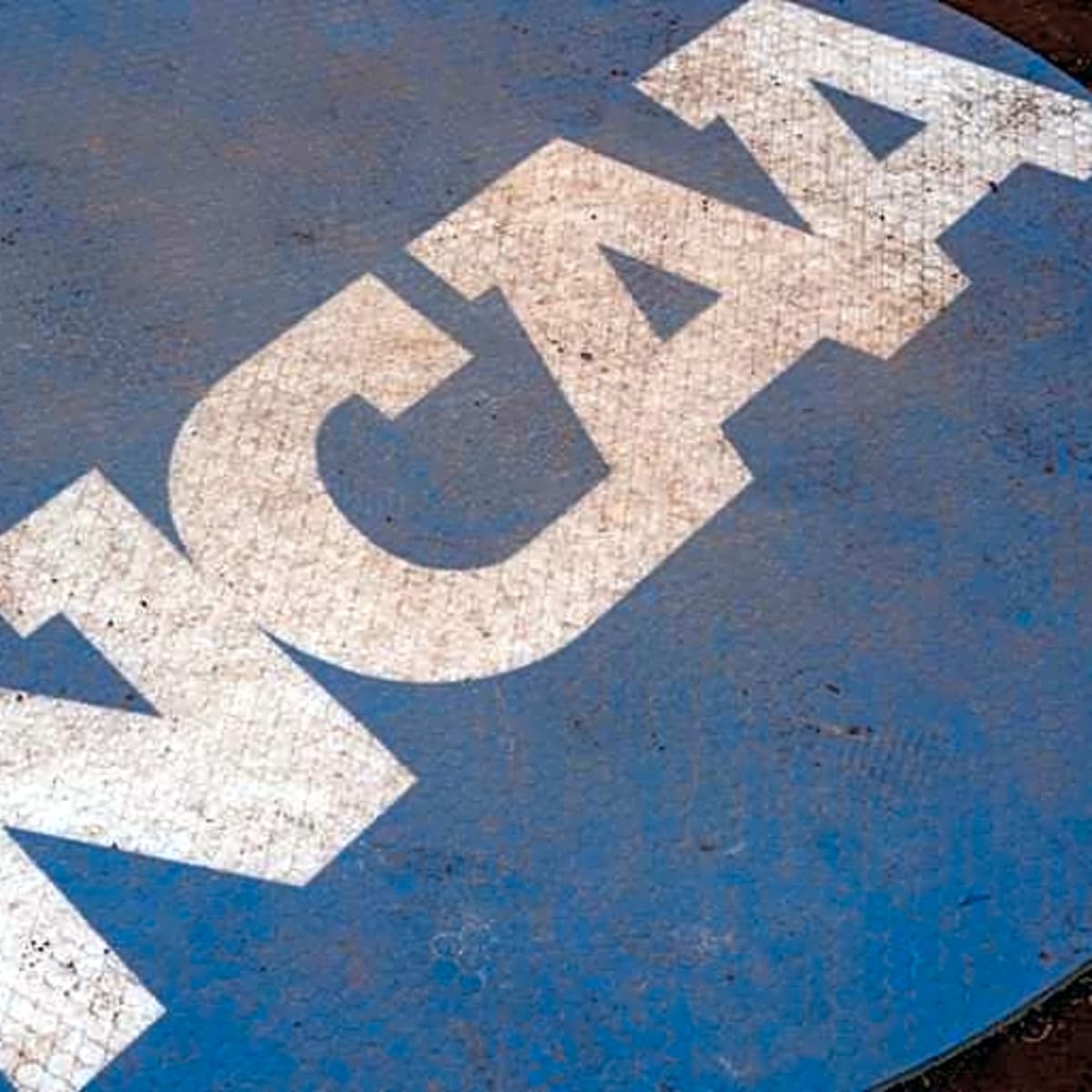


On Friday, Judge Claudia Wilken approved the House v. NCAA settlement, which will allow colleges to directly pay athletes and usher in the era of revenue sharing. Big Ten commissioner Tony Petitti released a statement regarding the monumental settlement.
“We look forward to implementing this historic settlement designed to bring stability, integrity and competitive balance to college athletics while increasing both scholarship and revenue opportunities for student athletes in all sports,” Petitti wrote.
Wilken’s approval finally came almost 59 months after the initial suit was filed. The long waiting period has given Power Four conferences such as the Big Ten to prepare for the paradigm shift.
Beginning July 1, schools will allowed to share $20.5 million with athletes, with football expected to receive 75%, followed by men’s basketball (15%), women’s basketball (5%) and the remainder of sports (5%). The amount shared in revenue will increase annually.
Power Four football programs will have roughly $13 to $16 million to spend on rosters for the 2025 season. Many schools have front-loaded contracts ahead of the settlement’s approval, taking advantage of contracts not being vetted by the newly formed NIL clearinghouse.
“Despite some compromises, the settlement agreement nevertheless will result in extraordinary relief for members of the settlement classes,” Wilken wrote in her 76-page final opinion. “If approved, it would permit levels and types of student-athlete compensation that have never been permitted in the history of college sports, while also very generously compensating Division I student-athletes who suffered past harms.”
To enforce this new era, the NCAA is creating the College Sports Commission. Major League Baseball executive Bryan Seeley will serve as the commission’s CEO, the commission announced late Friday.
“I am honored to serve as the first CEO of the College Sports Commission at this pivotal moment in the history of collegiate athletics,” Seeley said in a statement. “I look forward to implementing a system that prioritizes fairness, integrity, and opportunity, while preserving the values that make college sports unique. I am energized by the work ahead and excited to begin building out our team.”
While the near five-year waiting period from the time the lawsuit was filed to Wilken’s final approval gave institutions time to prepare for the changes ahead, there are still many unknowns. Notably, many have questioned how the NCAA will prevent teams from seeking state legislature that circumvents the new rules.
The College Sports Commission will address issues such as these. Only time will tell how Wilken’s historic ruling will ultimately affect college athletics.
On3’s Pete Nakos and Nick Schultz also contributed to this report.
NIL
A $2.8 billion settlement will change college sports forever. Here’s how
A federal judge has approved terms of a sprawling $2.8 billion antitrust settlement that will upend the way college sports have been run for more than a century. In short, schools can now directly pay players through licensing deals — a concept that goes against the foundation of amateurism that college sports was built upon. […]
A federal judge has approved terms of a sprawling $2.8 billion antitrust settlement that will upend the way college sports have been run for more than a century. In short, schools can now directly pay players through licensing deals — a concept that goes against the foundation of amateurism that college sports was built upon.
Some questions and answers about this monumental change for college athletics:
Q: What is the House settlement and why does it matter?
A: Grant House is a former Arizona State swimmer who sued the defendants (the NCAA and the five biggest athletic conferences in the nation). His lawsuit and two others were combined and over several years the dispute wound up with the settlement that ends a decades-old prohibition on schools cutting checks directly to athletes. Now, each school will be able to make payments to athletes for use of their name, image and likeness (NIL). For reference, there are nearly 200,000 athletes and 350 schools in Division I alone and 500,000 and 1,100 schools across the entire NCAA.
Q: How much will the schools pay the athletes and where will the money come from?
A: In Year 1, each school can share up to about $20.5 million with their athletes, a number that represents 22% of their revenue from things like media rights, ticket sales and sponsorships. Alabama athletic director Greg Byrne famously told Congress ”those are resources and revenues that don’t exist.” Some of the money will come via ever-growing TV rights packages, especially for the College Football Playoff. But some schools are increasing costs to fans through ”talent fees,” concession price hikes and ”athletic fees” added to tuition costs.
Q: What about scholarships? Wasn’t that like paying the athletes?
A: Scholarships and ”cost of attendance” have always been part of the deal for many Division I athletes and there is certainly value to that, especially if athletes get their degree. The NCAA says its member schools hand out nearly $4 billion in athletic scholarships every year. But athletes have long argued that it was hardly enough to compensate them for the millions in revenue they helped produce for the schools, which went to a lot of places, including multimillion-dollar coaches’ salaries. They took those arguments to court and won.
-

 College Sports3 weeks ago
College Sports3 weeks agoPortal Update – Basketball and Gymnastics Take Hits
-

 College Sports3 weeks ago
College Sports3 weeks agoPortal Update – Basketball and Gymnastics Take Hits
-

 Professional Sports2 weeks ago
Professional Sports2 weeks agoJon Jones answers UFC retirement speculation as fans accuse champion of 'holding the belt …
-

 Health3 weeks ago
Health3 weeks agoBYU women's basketball guard injures ACL twice
-

 NIL2 weeks ago
NIL2 weeks ago2025 NCAA Softball Tournament Bracket: Women’s College World Series bracket, schedule set
-

 Youtube2 weeks ago
Youtube2 weeks agoXavier Legette taught Marty Smith his signature celly
-

 College Sports3 weeks ago
College Sports3 weeks agoIU basketball recruiting
-

 College Sports3 weeks ago
College Sports3 weeks agoNCDC Commitment Profiles: Cyclones’ Martins Moving On to Saint Anselm College • USPHL
-

 High School Sports2 weeks ago
High School Sports2 weeks agoToday in the MHSAA
-

 Motorsports2 weeks ago
Motorsports2 weeks agoWhy IHOP Rode With Dale Earnhardt Jr. In Amazon NASCAR Debut



































